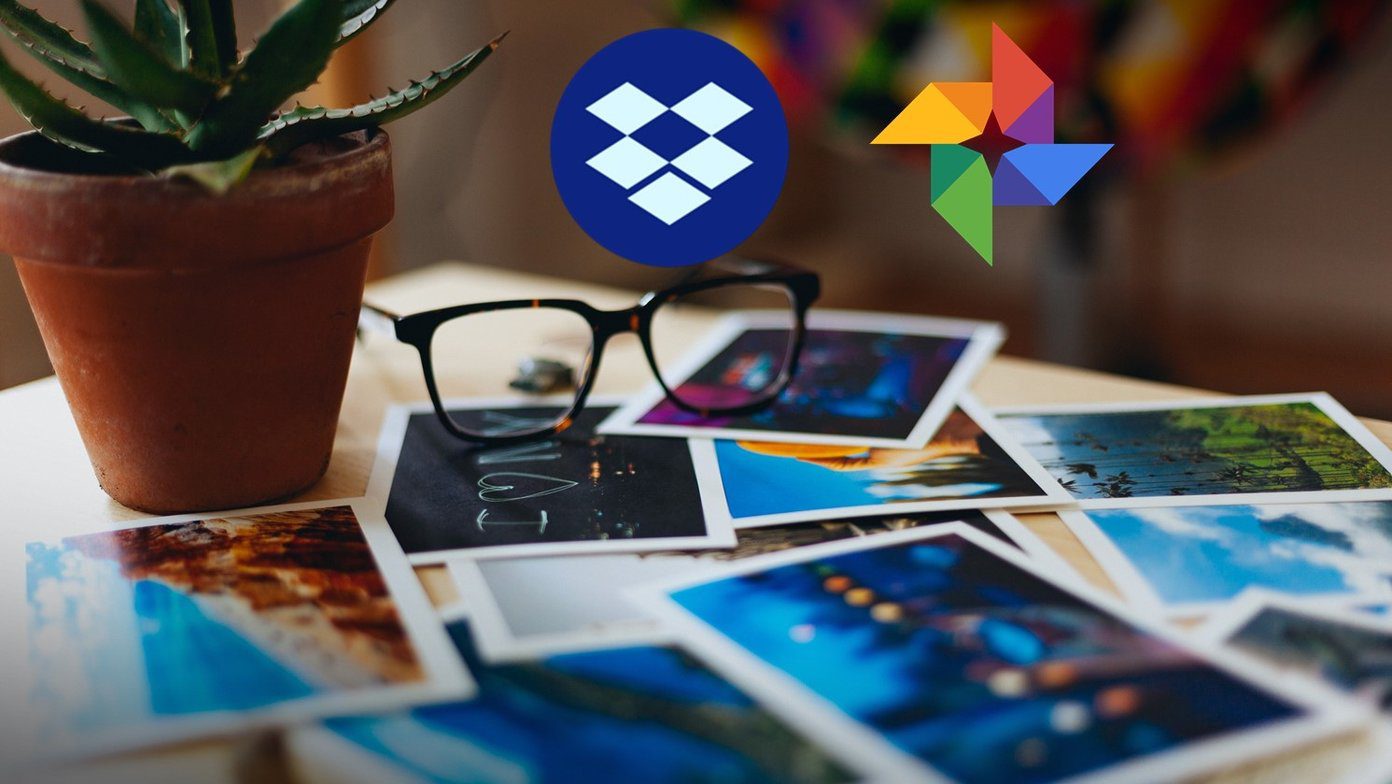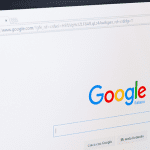Take Google Drive and Dropbox for example. I have been using both for a while now, but recently decided to leave Dropbox for Google Drive. In fact, I am moving everything to Google, beginning with cloud storage, and will be covering my journey here. Why Google you may ask? I want to use as few apps as possible and consolidate everything under a single roof. Basically, I am going for fewer apps, extensions, and features to achieve consistency, uniformity, and integration across platforms. Let me share why I chose Google Drive and how it affects my work-life balance.
1. Integration with Google Apps
Google recently integrated a bunch of its products into Google Drive. When you open Google Docs, you will now see links to Calendar, Keep, and Tasks app in the right sidebar. This is true for Gmail too. This was one of my primary reasons for moving to Drive. I can now create drafts in Google Docs. I can also create notes and send them to Keep or create a reminder in Calendar from a single interface. For me, Google Drive is not just a cloud storage platform anymore but a productivity suite. It is a real time saver and replaces Microsoft Office completely. I grew up using Word, Excel, and PowerPoint but wasn’t very happy with it. Google Drive changes the way I work with data and documents. The closest thing Dropbox has is Paper, a document editing tool to collaborate with others. Paper offers a better UI than Docs and will allow you to embed YouTube videos, Google Maps, links, images, and even SoundCloud clips. But there is no option to attach sheets or powerpoint presentations. Dropbox relies on Microsoft’s Office 365 for that. But if I have to use Office 365, then why do I need Dropbox? I can simply use OneDrive. Makes more sense, right?
2. Free Storage
Dropbox offers a measly 2GB of free storage compared to the 15GB offered by Google. While you can refer friends to increase your free storage up to 16GB actually, it is too much effort, and most people fail to hit those numbers. You may argue that 15GB could be less since it will be divided among all Google products like Gmail and Drive. But, it is still more than what most people will ever need. I don’t have to refer friends for extra storage. Trust me, it is cumbersome to send invitation links and explain why they should make the switch. None of my friends joined, and some of them told me off for sending invitation links!
3. Premium Plans for Individuals
If you are using Dropbox, you will quickly run out of space and will need to upgrade. For individuals, there are two plans available to you. You get 1TB of space for $9.99/month under Plus plan. The Professional plan will cost you $19.99/month for 2TB of cloud storage. What if you don’t need 1TB of storage? Dropbox plans are not very flexible. Google Drive’s plan begins at $1.99/month for 100GB of space. For $2.99/month, you will get 200GB of space which is what I use currently. Wait, there is more. For $9.99/month, you will get 2TB of storage against 1TB offered by Dropbox. Not only Google Drive offers more flexibility when it comes to choosing an appropriate storage plan, but it is also more generous of the two with storage capacity.
4. Premium Plans for Teams
What about businesses and small companies with teams? Both Google and Dropbox offer separate plans, but once again Google wins here. Dropbox has three plans for businesses starting at $12.5 for 3TB of storage. Additional features include integration with Office 365, live chat support, and company managed groups. Note that $12.5 is per user and the Standard plan begins with three users. The Advanced plan begins at $20, also for three users. It offers unlimited space, SSO, better file management, phone support, and advanced admin controls. What I don’t understand is the Office 365 integration. If Dropbox wants to compete with the likes of Microsoft and Google, I believe they will need more than just a storage solution. Google Suite (GSuite) begins at $5 per user and offers 30GB storage per user. As a Google Suite user, you get access to Keep, Forms, Docs, Sheets, Slides, Sites, Gmail with IMAP support, and Hangouts. Google also has a $10 per user plan which offers unlimited storage, app development platform, 24/7 phone as well as email support, and audit reports. Basically, GSuite blows Dropbox out of the water with its competitive pricing and an advanced suite of apps for most individuals and companies. I am seriously considering the $5 plan, and as an individual, it should be enough for me. As a blogger, I find Gmail, Docs, Sheets, and Slides to be invaluable tools. Google Keep offers unlimited storage and won’t be counted towards Google Drive. Even WhatsApp backups won’t be counted towards your Drive storage. Same goes for Google Photos.
5. Replaces a Doc Scanner
I was using CamScanner to scan and save my documents in the cloud until I discovered a Google Drive widget. Google Drive offers a 1×1 Scan widget on Android to scan documents and save them in the cloud as JPEG or PDF files. Dropbox also offers widgets, but they have no scanning features. If you want to scan a file, you will have to open the Dropbox app. Not a big deal but convenience is something to think about. If I use Drive, I don’t have to use CamScanner or any other scanning app. That’s one less app to worry about.
6. Security
A lot of tech giants have faced data leaks and hacks in the last few years. Both Dropbox and Google take security seriously. Dropbox uses 128-bit AES SSL/TLS encryption when your files are moving and 256-bit AES when they are stored. Google Drive does the complete opposite — it uses 256-bit AES SSL/TLS when they are moving and 128-bit AES encryption when your files are stored. Both support 2FA (2 Factor Authentication). However, Google’s own Authenticator app has become somewhat of an industry standard. Both Dropbox and Google offer remote wipe in case your smartphone is compromised or stolen. Dropbox stands up against NSL (National Security Letters) orders which are issued by the US government. That means, Dropbox will inform you if your data has been requested by the authorities. However, Google Drive won’t. This is not something that may affect individual users like you and me, but it is crucial for large companies and conglomerates. I don’t think I am important enough to worry about that.
7. Platform Support
Both Dropbox and Google Drive support all popular platforms like Windows, macOS, Android, and iOS. Unfortunately, Drive has no native client for Linux, but Dropbox does. I use Linux occasionally so it affects me in a limited fashion. Fortunately, Drive works in the browser, just like other office productivity apps that come with it. Not a deal breaker for me.
8. File Sync
I am not happy with the fact that there is no smart-sync feature in Google Drive. Dropbox has it and does an amazing job at it. See, Dropbox will display all your files and folders on your desktop but will only download them when you want it. This saves a lot of space on your local hard drive. While this is not an issue on Windows and Android since most devices usually come with generous storage space. Only the macOS and iOS device users will feel the heat. Apple charges a premium for a device with higher storage capacity. If you are a Mac user and have a lot of data in the cloud, you might need a bigger drive which will leave a hole in your pocket. Another feature that Drive misses on is block-level sync. Dropbox will only sync the changes that you have made to a file instead of re-uploading the entire file. Drive doesn’t have this feature which results in more bandwidth consumption and longer sync times. I have an unlimited data plan at my office, but on mobile, it will prove to be an issue. Once again, I have to choose between extra features against the benefits of living on a single platform. I have made my choice. No platform is perfect as it is apparent from this guide.
9. File Share
Both Dropbox and Google Drive will let you share files and folders using shareable links that can be sent via mail or message. If you have a business plan with Dropbox, you can share password protected links along with an expiry date. Google Drive has no such option which left me in a spot. I would have liked that feature in Drive so I could share my work more securely.
Less is More
Yes, I still do prefer Google Drive over Dropbox. Let me explain. Dropbox has more features like smart-sync and secured file sharing, but Google offers an entire suite of office apps which are critical for my usage. Google also wins when it comes to storage plans. They are cheaper and more flexible, so I don’t have to pay $9.99 when I can get 200GB at $2.99. I have already made the shift, and so far I am happy with it. Google Drive delivers where it matters the most – pricing and apps. Next up: Now that you know why I chose Google Drive over Dropbox, are you ready to make a move? Click on the link below to learn how to move data from Dropbox to Google Drive. The above article may contain affiliate links which help support Guiding Tech. However, it does not affect our editorial integrity. The content remains unbiased and authentic.

















